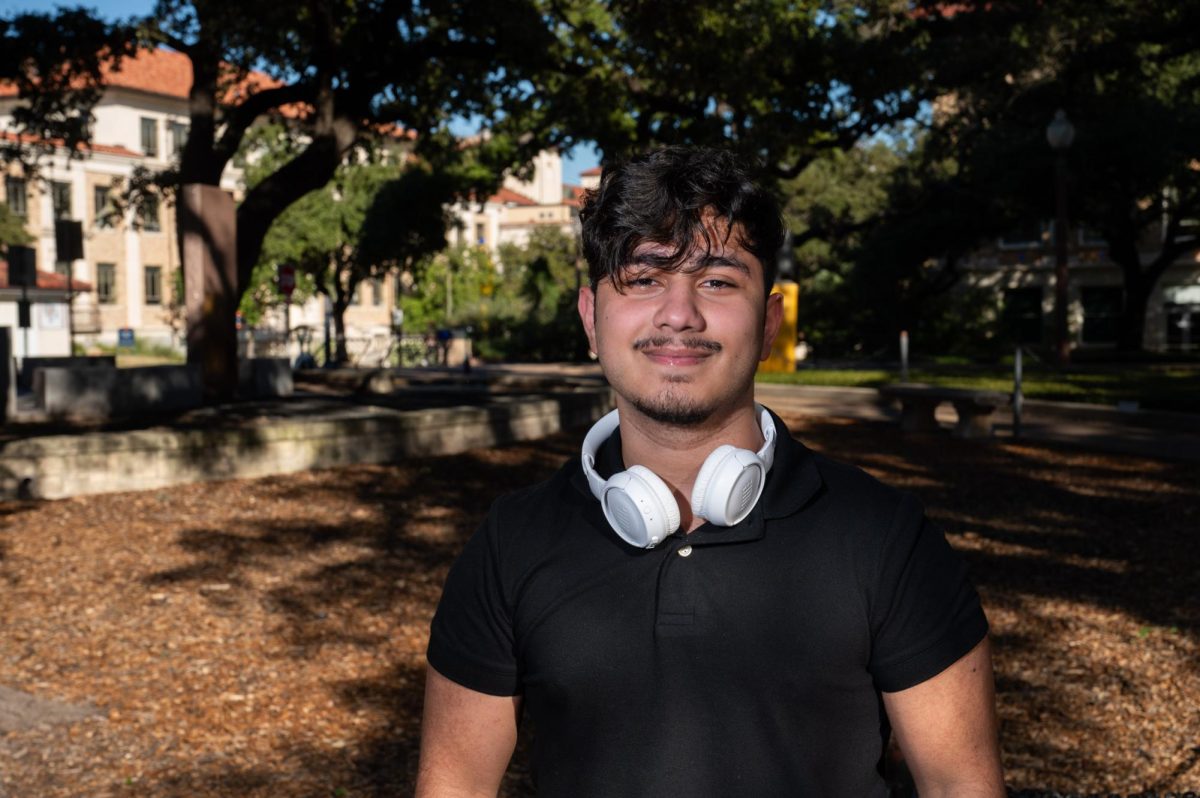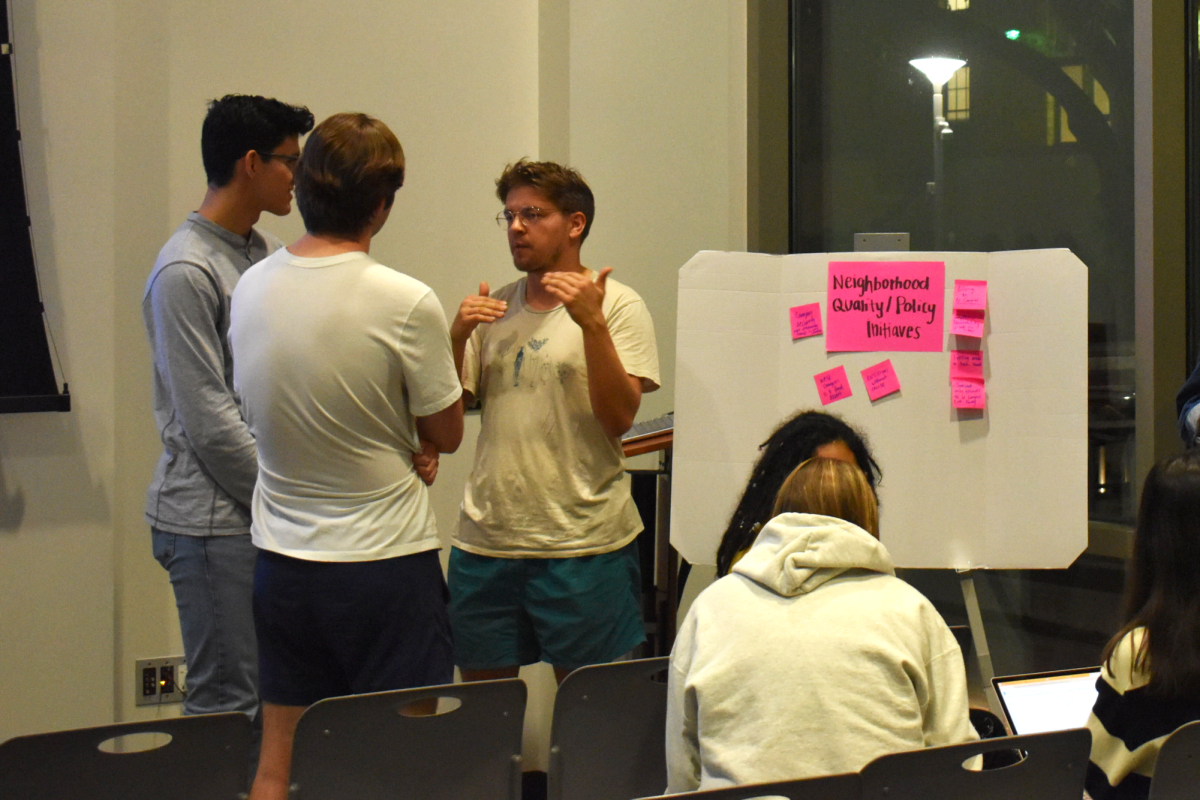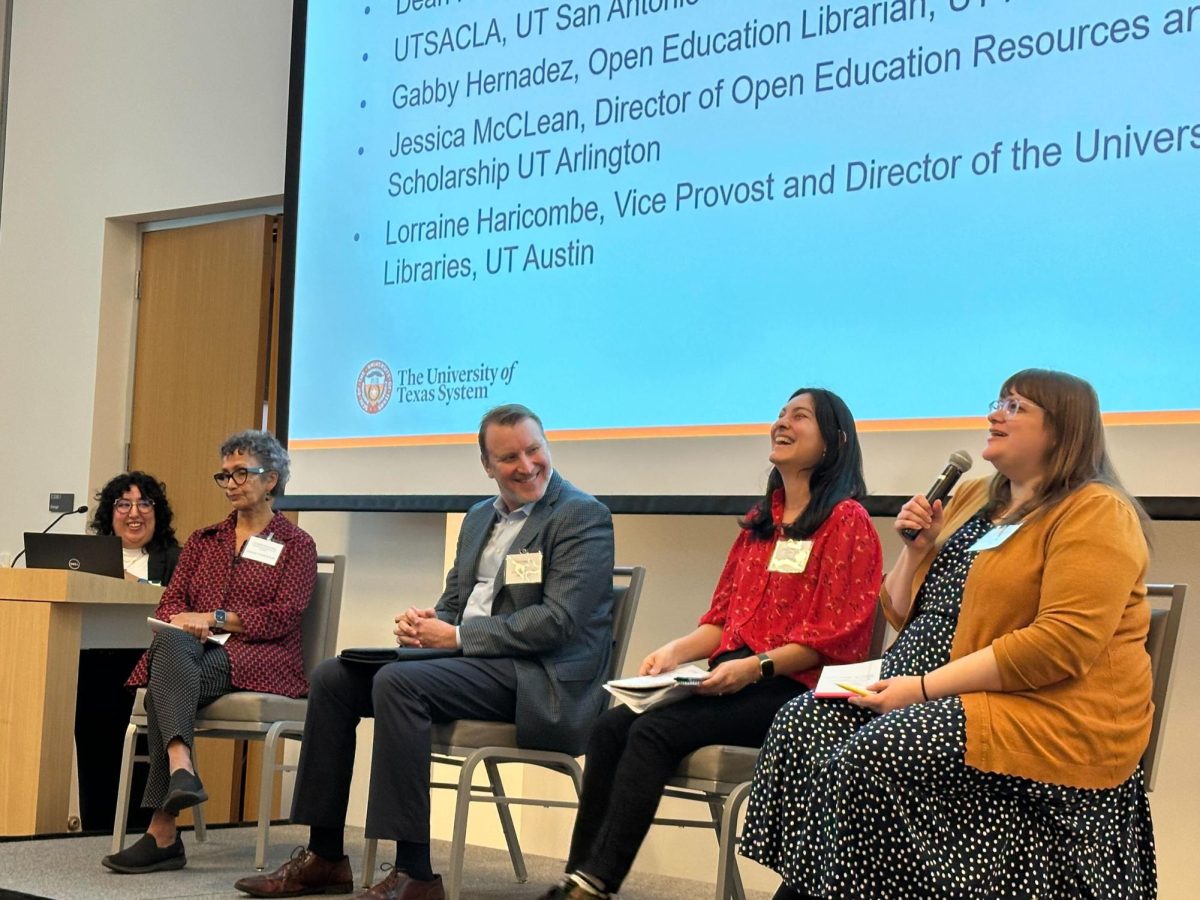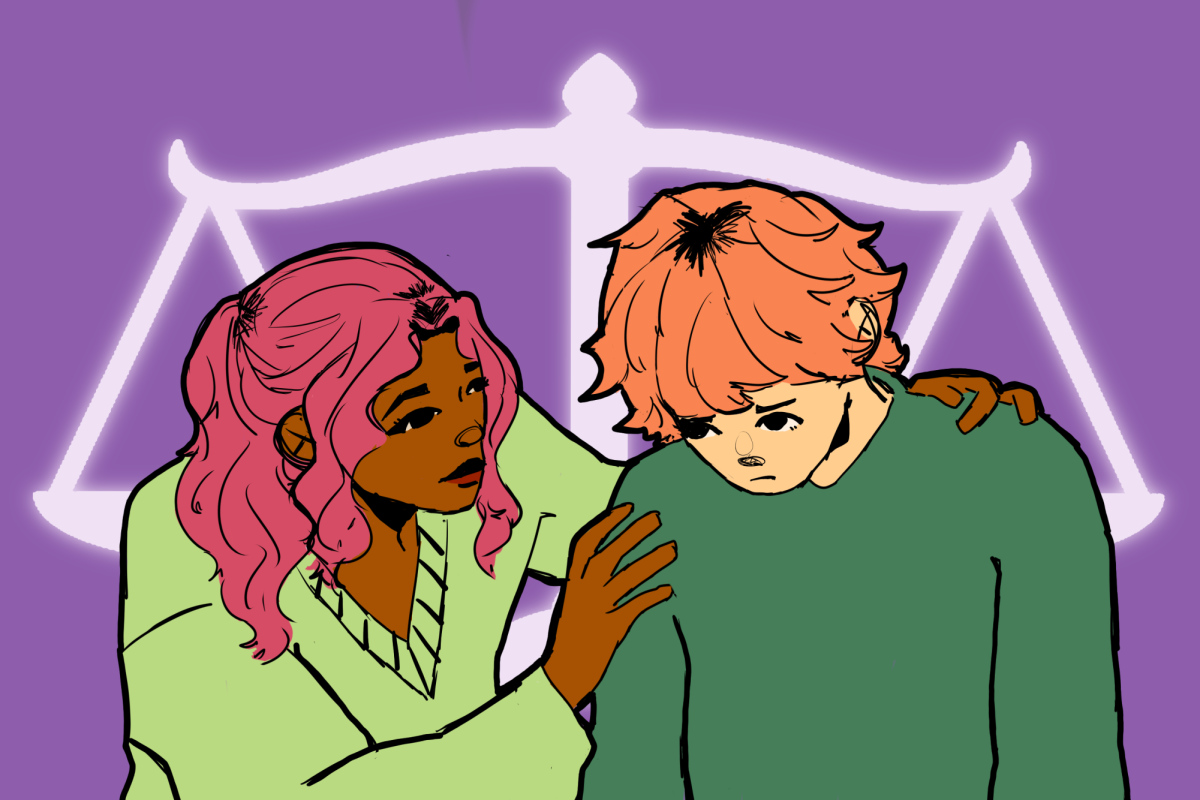Students of color are less likely to attend college if they lose trust in teachers starting in middle school, according to a psychology study conducted by psychology researchers from UT, Columbia University and Stanford University.
The study, released last Wednesday, discovered that wide disparities in discipline and low expectations for minority students were the two main causes for mistrust in authority figures. The study also concluded this led to a 30 percent decrease in the student’s chances of going to college.
Assistant psychology professor David Yeager, the study’s co-author, originally helped publish a paper in 2014 on the effects of “wise feedback” — or compliments addressing the student’s ability to improve — among seventh grade students of color in middle schools across the U.S. Yeager said this caused a 55 percent increase in the students’ willingness to edit their papers to improve them.
“It’s the ‘mentor’s dilemma,’” Yeager said. “It’s difficult to simultaneously criticize someone and motivate them to fix it.”
After following the students in the first study for seven years, Yeager and his fellow researchers developed a theory for a new study. The study hypothesized that mistrust toward authority figures adversely effected students of color over time.
“It’s not just a one-point thing,” said psychology doctoral student Sophia Yang Hooper, a co-author of the study. “It will not go away at some point. … We found that minority (racial bias) awareness increases over the years, and their trust decreases over the years.”
With middle school students, these effects are amplified because it is a formative period where children decide if authority figures can be trusted, Yeager said.
“Kids are thinking more abstractly about institutions and authorities,” Yeager said. “If it goes in the wrong direction, it’s really bad, because later, if you already distrust the police and you meet one nice police officer, that doesn’t change your overall belief.”
Psychology professor Rebecca Bigler said in an email ze wasn’t surprised by the findings of the study because children are not “colorblind” to race, despite what many think. Most comprehend the effects of racial bias by the time they are in middle school, so Bigler feels that teachers must adjust their practices to compensate for the effects of discrimination.
“White teachers must actually learn to be racially unbiased and confront racial bias in others, because silence in the face of witnessing bias appears as tacit approval,” Bigler said. “So, they — and the institutions that they serve — are deserving of trust on the part of all students.”
Antagonistic views of authority figures can even perpetuate into the university level and impair student success. Yeager said professors, including himself, need to work harder to show they exist to help students regardless of their race or ethnicity.
“Our research speaks to the reality that unawareness of unfairness on campus can make minority students reticent to take intellectual risks,” Yeager said. “If we want people to be equal, we need to find ways to make people feel respected and welcomed, even if they’re different.”


















